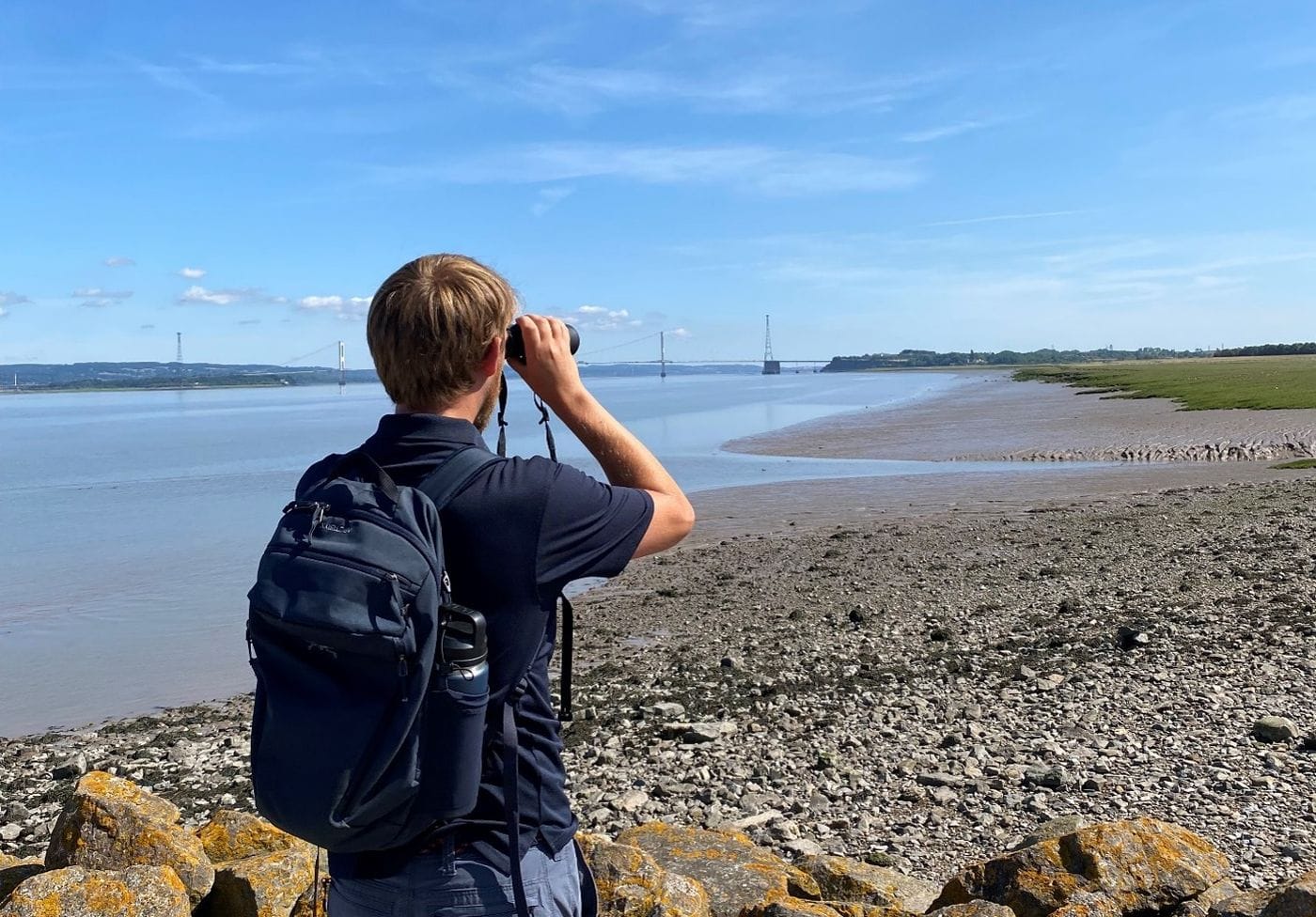
Conservation on our doorstep
Posted on: 3 November, 2025
When we think of wildlife conservation, it’s easy to picture tropical rainforests and remote savannahs, but some of the most vital conservation work is happening much closer to home, right on our doorstep.
At Bristol Zoological Society, we are proud to be a conservation charity working across four continents in nine countries, leading over 20 field projects in partnership with 30 local organisations to conserve and protect some of the world’s most threatened species. We also care for a number of these threatened species at Bristol Zoo Project, contributing to 50 co-ordinated breeding programmes, as well as animal health and welfare research. Here in the UK, particularly in the South West of England, we're actively working to conserve and restore our native species and habitats.
In combination with research, citizen science, and community engagement, our UK Conservation Programme is focused on projects that control non-native invasive species to help with native species recovery and habitat restoration.
Here, we discuss some of our impactful conservation projects that are happening closer to home than you think.
Crayfish Conservation
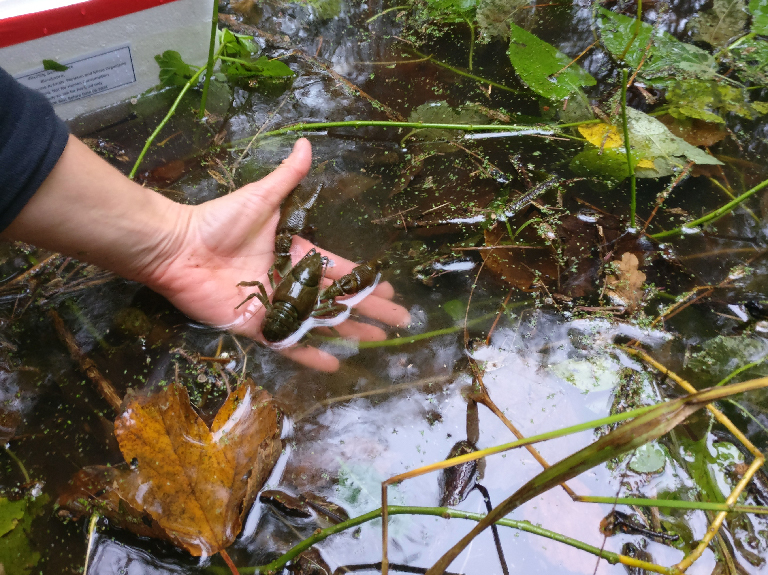 The white-clawed crayfish (WCC) may be small, but they play a crucial role in our freshwater ecosystems.
The white-clawed crayfish (WCC) may be small, but they play a crucial role in our freshwater ecosystems.
Listed as globally Endangered by the IUCN, white-clawed crayfish are one of our 97 species, which we pledge to conserve as part of our Reverse the Red initiative. Here at Bristol Zoological Society, we have been working to protect white-clawed crayfish and reverse their decline since 2008, as leading partners in the South West Crayfish Partnership (SWCP).
This small but mighty invertebrate is under threat due to habitat loss, pollution, and competition from the invasive non-native North American signal crayfish, which also spreads a deadly crayfish plague.
Thanks to this project, so far, we have been able to establish 21 ark sites in to safeguard both wild and captive-born crayfish, have moved over 4,000 wild crayfish to safety from threatened rivers, released over 3,500 captive-bred crayfish from six different river catchments, and launched a pilot trial to control invasive crayfish in a local lake.
We're also on the lookout for naturally plague-resistant crayfish populations, like those recently discovered in Europe, and hope that a UK population holds the key to the species' survival!
Tackling invasive non-native species through AQUA and AIWF
 Invasive non-native species (INNS) are one of the biggest threats to UK biodiversity, costing the UK over £1.9 billion annually. AQUA is a national biosecurity accreditation scheme that we developed in response to the growing threat of invasive non-native species (INNS) to encourage waterway users and organisations to increase their biosecurity and prevention efforts.
Invasive non-native species (INNS) are one of the biggest threats to UK biodiversity, costing the UK over £1.9 billion annually. AQUA is a national biosecurity accreditation scheme that we developed in response to the growing threat of invasive non-native species (INNS) to encourage waterway users and organisations to increase their biosecurity and prevention efforts.
Thanks to funding from APHA, AQUA launched as a regional trial in 2019. It has since expanded nationally, and a total of 84 sites, including five major water companies, have been accredited with either Bronze, Silver, or Gold AQUA awards.
In a bid to tackle invasive non-native species (INNS), we also founded the Avon Invasive Weeds Forum (AIWF) with the aim to educate, raise awareness, control and reduce the spread of INNS. Since its launch in 2008, the project has been making real progress, including surveying 200km of riverbank for invasive species, seeing a 50% reduction in Himalayan balsam on Avon tributaries, controlling Japanese knotweed and giant hogweed, creating and supporting 14 Community Action Groups (CAGs), as well as hosting over 180 outreach events to raise awareness and action.
Silky Wave Moth
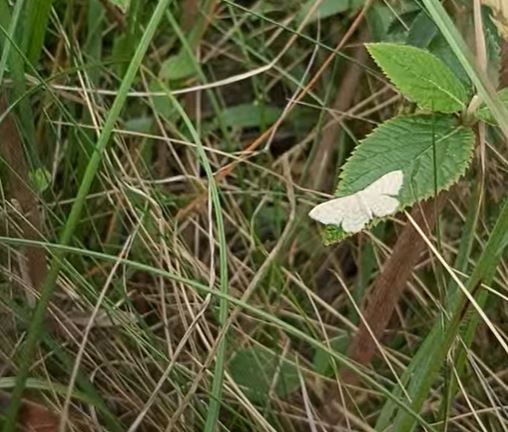 The silky wave moth is one of the UK’s rarest insects, found only in the Avon Gorge and Downs, a Special Conservation Area and a Site of Special Scientific Interest in the heart of Bristol. We’ve been monitoring this fragile population since 2011, and our long-term data helps guide habitat management to ensure the moth continues to thrive.
The silky wave moth is one of the UK’s rarest insects, found only in the Avon Gorge and Downs, a Special Conservation Area and a Site of Special Scientific Interest in the heart of Bristol. We’ve been monitoring this fragile population since 2011, and our long-term data helps guide habitat management to ensure the moth continues to thrive.
All 12 of the surveyed sites continue to show the moth’s presence, with a record 356 individuals recorded during the peak flight week this summer. These results highlight the value of ongoing conservation monitoring.
Bristol Zoo Project
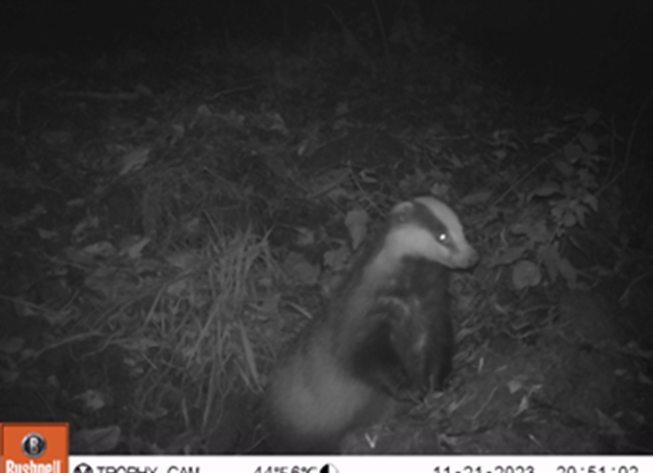 Bristol Zoo Project is a conservation zoo run by Bristol Zoological Society and is a hub for native species conservation, both on-site and beyond. From the successful relocation of a small, but established badger sett from the centre of the site into an area of woodland to discovering the nationally scarce necklace ground beetle, Carabus monilis, BZP is a living example of how conservation and community can co-exist.
Bristol Zoo Project is a conservation zoo run by Bristol Zoological Society and is a hub for native species conservation, both on-site and beyond. From the successful relocation of a small, but established badger sett from the centre of the site into an area of woodland to discovering the nationally scarce necklace ground beetle, Carabus monilis, BZP is a living example of how conservation and community can co-exist.
We’re also conducting comparative studies between Bear Wood and nearby Blackhorse Woods to assess how conservation-focused land management can boost biodiversity and help populations of native species thrive.
Linking the Levels
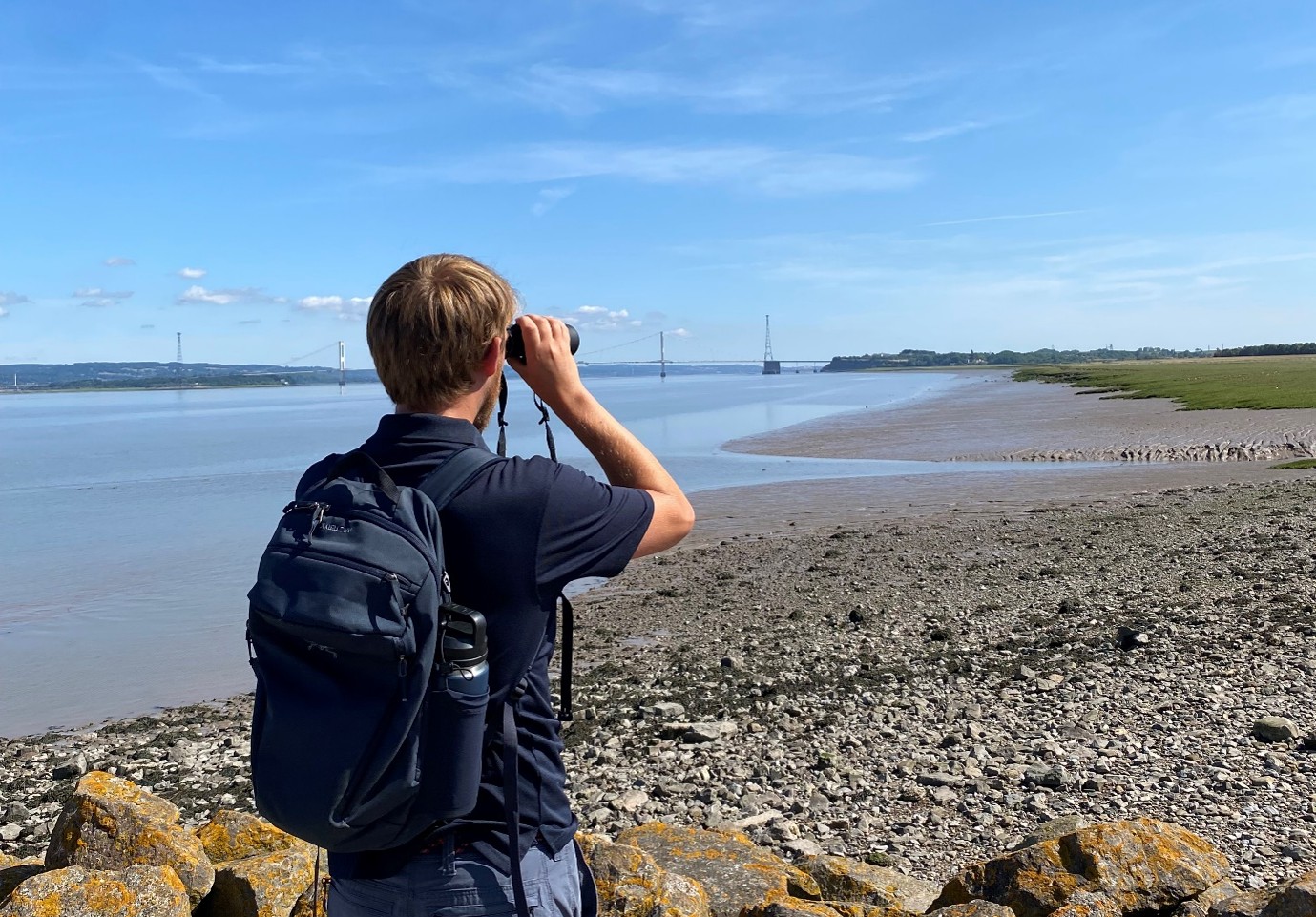 Through our Linking the Levels partnership, we’re working to reconnect and restore habitats across the Severn Estuary and Lower Severn Vale. This project is focused on strengthening biodiversity and climate resilience, while empowering communities to care for their natural surroundings.
Through our Linking the Levels partnership, we’re working to reconnect and restore habitats across the Severn Estuary and Lower Severn Vale. This project is focused on strengthening biodiversity and climate resilience, while empowering communities to care for their natural surroundings.
The Severn Estuary is globally important for wildlife, home to rare birds and migratory fish, and is loved by local communities. By working together, we can stop the disastrous destruction of its vital habitats, which include wetlands, salt marshes, and grasslands.
Key achievements so far, include controlling invasive non-native species and creating a terrestrial Biosecurity Action Plan for the Lower Severn Vale, surveying and preparing new sites for species like water voles and glow worms.
We’re proud to be playing a key role in reversing biodiversity loss here in the UK. Whether it’s through pioneering research, habitat restoration, species reintroduction, or community engagement, our work proves that conservation doesn’t just happen in far-flung places; it starts right outside your door.
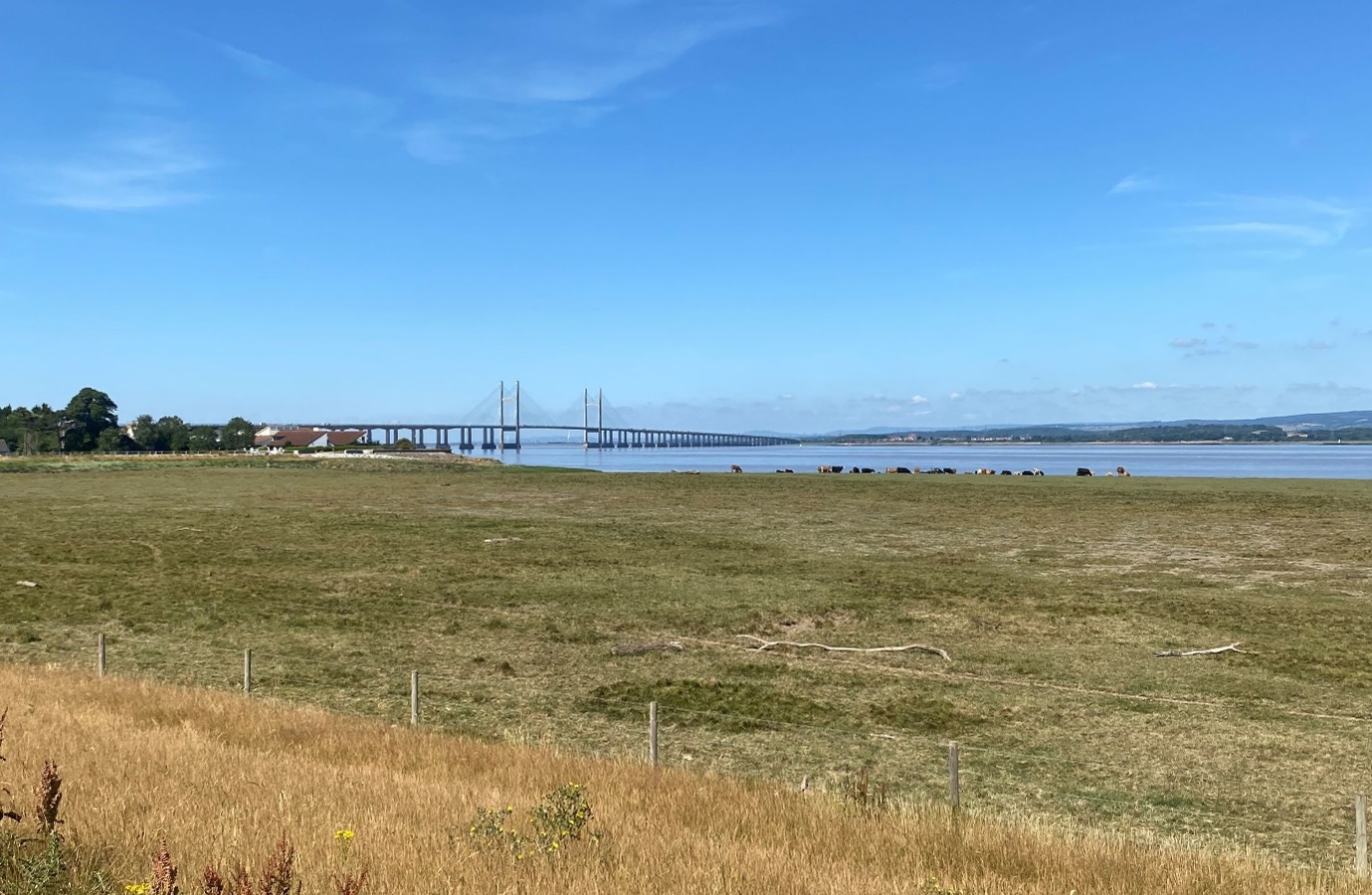 From rare moths to disappearing wetlands, we are working every day to protect what makes our local landscapes so special. This work is only possible thanks to the support of our generous donors, including long-standing partner Marshfield Farm Ice Cream, who sponsor our efforts with native species.
From rare moths to disappearing wetlands, we are working every day to protect what makes our local landscapes so special. This work is only possible thanks to the support of our generous donors, including long-standing partner Marshfield Farm Ice Cream, who sponsor our efforts with native species.
Nature is all around us, and with your support, we can continue to protect it. Find out more information about our vital work with native species and local biodiversity here in the UK below.

